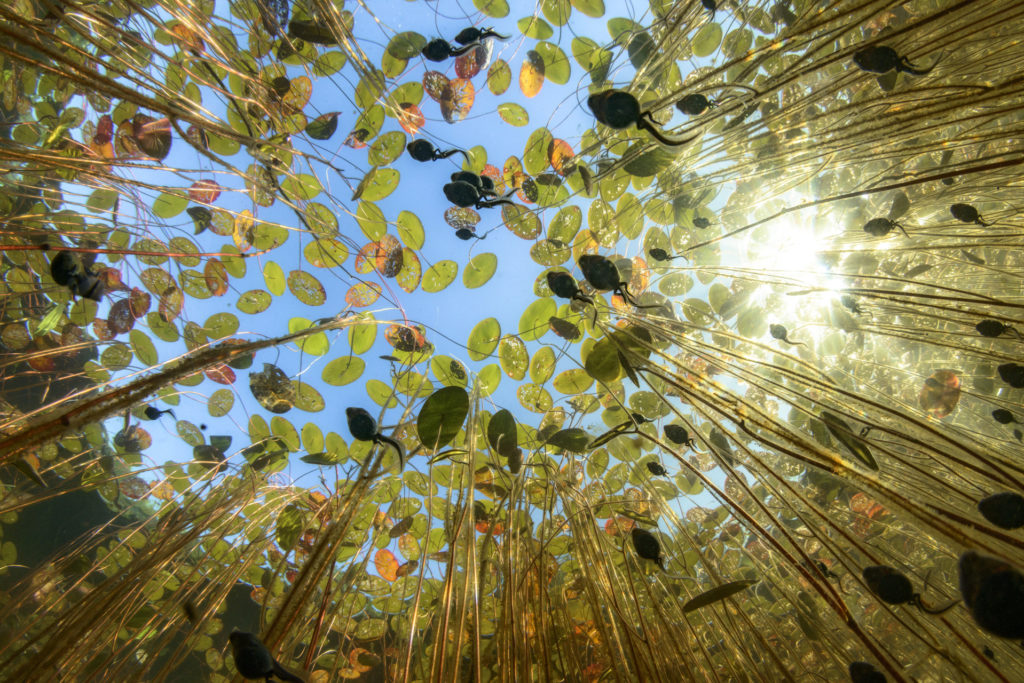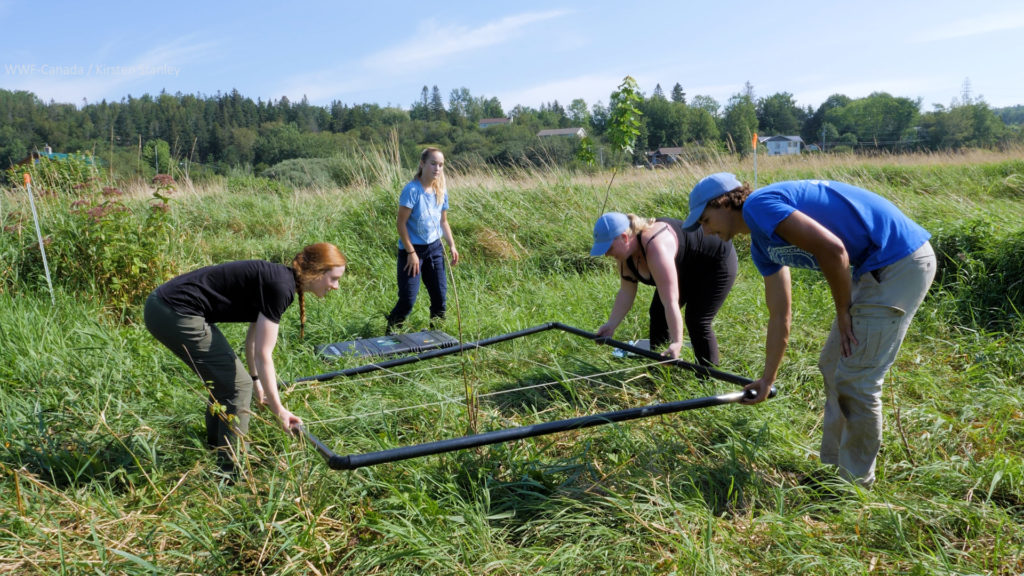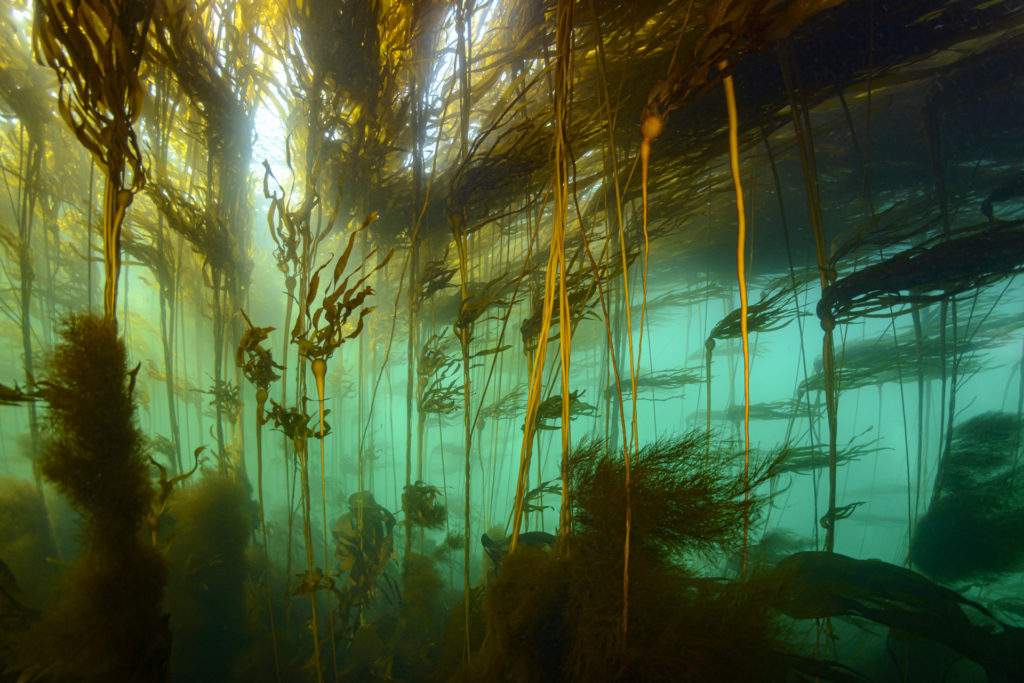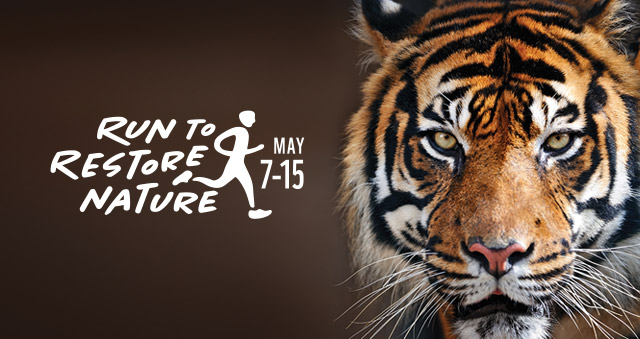5 things to give you hope in 2022
We’re now a month into 2022 and, once again, it hasn’t been the fresh start we all would’ve liked. If you’re feeling pessimistic about the state of things, be it the pandemic or the planet’s nature crisis, you’re hardly alone.

We know this, in particular, about biodiversity loss and climate change. Last year, in a national survey we conducted with Environics, a whopping 67 per cent of respondents said they were pessimistic that anything can be done to prevent species decline and a warming planet.
Fortunately, we know from the science that there is still time to reverse the path we’re on. Will it be easy? Not by a long shot. But we are making headway in areas that will make a real difference.
And there is evidence of this progress – and reason to have hope – all around.
Take last fall’s COP26 climate summit in Glasgow. Yes, there were disappointing headlines: the world’s governments didn’t agree to higher cuts in emissions and developing regions didn’t get as much funding for loss and damage from climate change as called for.
But there were advancements, too, including the first-ever inclusion of coal and fossil fuels in the text (yes, really), which strengthens future negotiations with big polluters, and more focus on Indigenous Peoples from the Canadian Arctic to the Global South.
And it’s a “big deal” that more ambitious emissions and financing commitments are still on the table for this year, bolstered by a new process to push decisions through, says Mary MacDonald, WWF-Canada’s senior vice-president and chief conservation officer.
“Most importantly for our work, was the first-ever formal acknowledgement of the role of nature in the fight against climate change,” MacDonald says. “Healthy ecosystems store and capture carbon that, in addition to making deep reductions in the use of fossil fuels, are essential to achieving a low-carbon world.”
WWF-Canada also pushed the federal government to make a public statement on this front —they responded by making nature a key pillar of Canada’s national climate action commitments and promising $1 billion for nature-based solutions in developing countries.
Nature, of course, is also at the heart of our own 10-year plan to Regenerate Canada by restoring one million hectares of degraded habitat and stewarding 100 million hectares of ecologically rich habitat, which will safeguard at-risk species while advancing our goal to reduce carbon emissions by 30 million tonnes.
A new year provides a new opportunity to refocus on what we can do now to ensure a livable, sustainable and resilient future. So, here’s a look at some of our major initiatives coming up in 2022 — projects that will lay the foundation for lasting, meaningful change. And that should give us all a healthy amount of hope.

Nature and Climate Grant Program returns for round two
The inaugural year for our Nature and Climate Grant Program, presented in partnership with Aviva Canada, was a resounding success, supporting community- and Indigenous-led restoration efforts to recover wildlife and absorb carbon.
The program funded seven projects across Canada in its first year — in locales ranging from wetlands and grasslands to farmland and a former sawmill. With $1.35 million in new funding, we are gearing up to announce the next round of recipients.
This program is an important part of our Regenerate Canada goal to restore one million hectares for biodiversity and climate by 2030.
Protecting at-risk marine species from dumping
Canada’s three oceans provide critical habitat to at-risk wildlife, drive national economic activity and underpin the livelihoods, sustenance and culture of coastal and Indigenous communities. But as shipping traffic increases, so too does the threat from chronic pollution to our oceans, wildlife and climate.
A new report from WWF-Canada, set to be released later this month, will shed light on exactly how much operational waste is produced by ships in the protected parts of Canada’s oceans. (Spoiler alert: it’s a shocking amount!)
Bolstered by this knowledge, we’ll ask you to continue helping us advocate for a federal definition of “dumping” that keeps all types of harmful ship waste out of Canada’s marine protected areas. Because dumping and at-risk species shouldn’t mix.
A carbon of a different colour

When we think of carbon in nature, our minds usually turn to the hundreds of billions of tonnes stored in trees, plants and soil. But what about marine coastal ecosystems? Well, they store carbon, too!
Coastal blue carbon refers to the significant amounts of carbon dioxide sequestered in marine ecosystems such as salt marshes, seagrass meadows and kelp forests. These ecosystems can even accumulate carbon at rates higher than some terrestrial ones, storing up to three to five times more carbon than an equivalent area of forest.
The role these ecosystems play in removing carbon from the atmosphere is especially critical in Canada, which has the world’s longest coastline.
We’re excited to focus on blue carbon this year, initially by bringing together scientists, policy makers, Indigenous knowledge holders and community organizations to build a blue carbon network. Stay tuned for more updates on upcoming research and projects.
Restoring the right places
The dual crises of climate change and biodiversity loss continue to escalate in Canada and around the world. One way to tackle both challenges is through restoring degraded ecosystems, which actively sequesters carbon from the atmosphere and rebuilds important wildlife habitats.
But how do we know which landscapes will provide the most benefit for both? Building on our past research, including the Wildlife Protection Assessment and Mapping Canada’s Carbon Landscape, WWF-Canada is working on an analysis and mapping of degraded lands with high restoration potential across Canada. With no time to waste, this will help us target our restoration and conservation activities in the most impactful places.

On your mark… get set… Run to Restore Nature!
Mark your calendars! To raise funds for our efforts to restore and protect vital ecosystems, we’re launching our first Run to Restore Nature. Anytime between May 7 and May 15, you can run or walk, ride, roller-skate — even scoot — and the route and distance is up to you. Test your speediness with the 5-km Swift Fox Sprint, channel your inner big cat in the 10-km Tiger Trek or challenge yourself to the 21-km Great Half-Marathon Caribou Migration.
Do it all in a day or tackle it over the course of the week. You’ll be able to track your progress and share it on your personal fundraising page. More details will be coming your way shortly!
This blog originally appeared in our monthly newsletter, Fieldnotes
Click here to subscribe to future issues.

